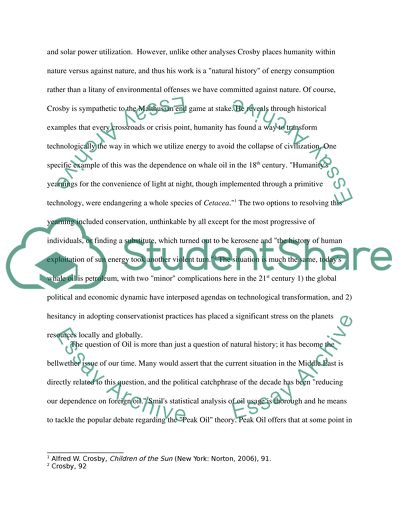Cite this document
(“The Past and Future of Energy Usage Essay Example | Topics and Well Written Essays - 1500 words”, n.d.)
The Past and Future of Energy Usage Essay Example | Topics and Well Written Essays - 1500 words. Retrieved from https://studentshare.org/miscellaneous/1529607-the-past-and-future-of-energy-usage
The Past and Future of Energy Usage Essay Example | Topics and Well Written Essays - 1500 words. Retrieved from https://studentshare.org/miscellaneous/1529607-the-past-and-future-of-energy-usage
(The Past and Future of Energy Usage Essay Example | Topics and Well Written Essays - 1500 Words)
The Past and Future of Energy Usage Essay Example | Topics and Well Written Essays - 1500 Words. https://studentshare.org/miscellaneous/1529607-the-past-and-future-of-energy-usage.
The Past and Future of Energy Usage Essay Example | Topics and Well Written Essays - 1500 Words. https://studentshare.org/miscellaneous/1529607-the-past-and-future-of-energy-usage.
“The Past and Future of Energy Usage Essay Example | Topics and Well Written Essays - 1500 Words”, n.d. https://studentshare.org/miscellaneous/1529607-the-past-and-future-of-energy-usage.


